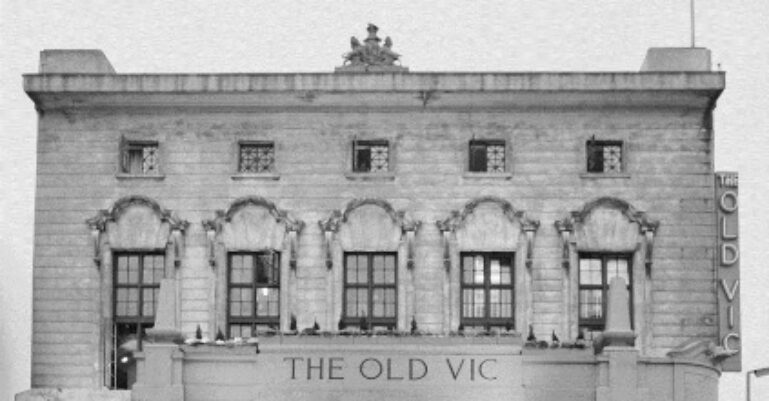THE TYNE THEATRE
TYNE THEATRE AS THE STOLL PICTURE THEATRE
GHOST SIGN – TALKIES
THE HEYDAY OF THE STOLL
END OF AN ERA – 1974
A NEW BEGINNING
But that is another story.
(Photographs courtesy of Newcastle Libraries and by the author)
Posted: Monday, March 19th, 2018
Tagged with:
Object

Gallery
What connects our members’ collections? Here we put a spotlight on some of the curious themes that tie us together.






